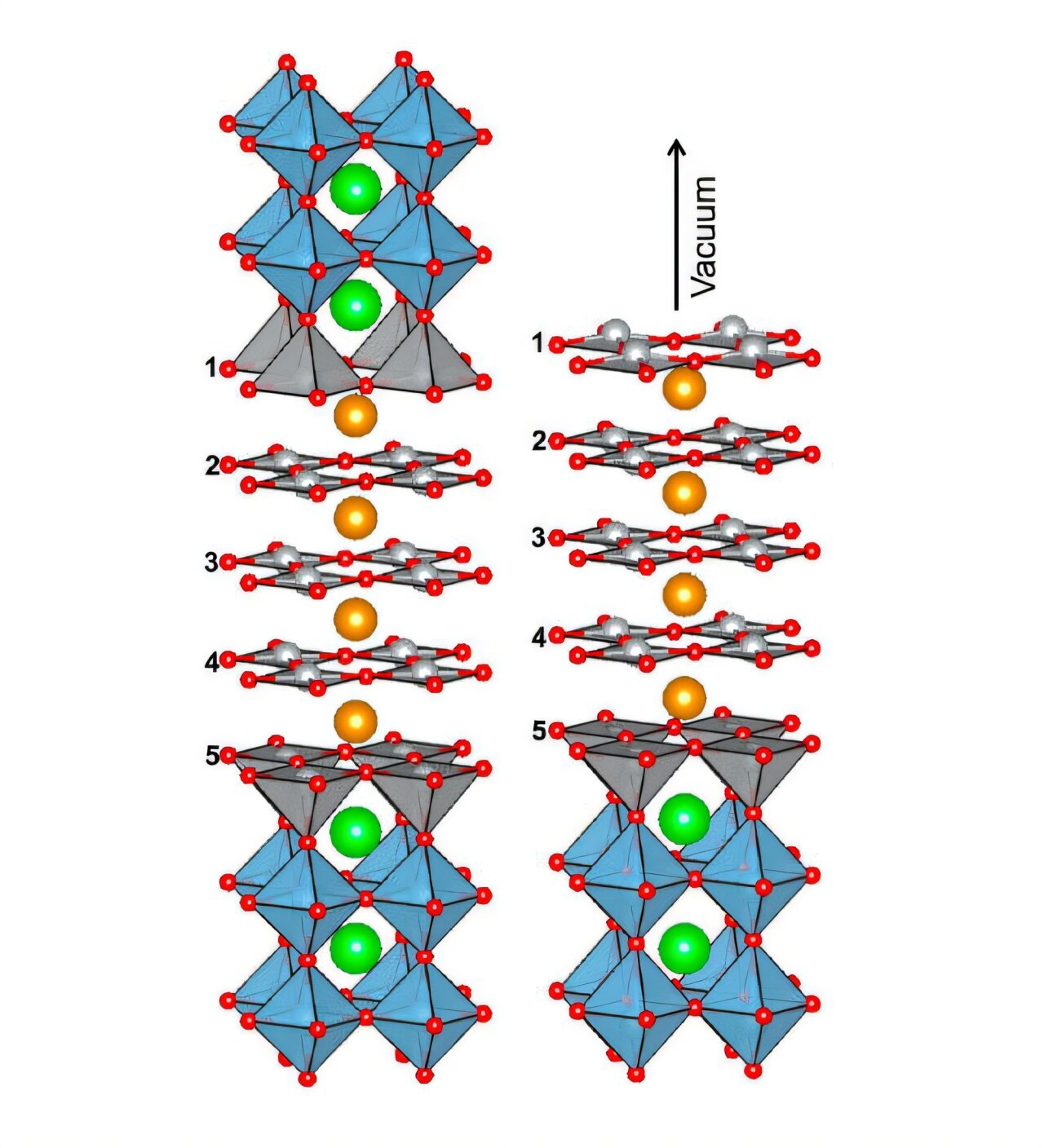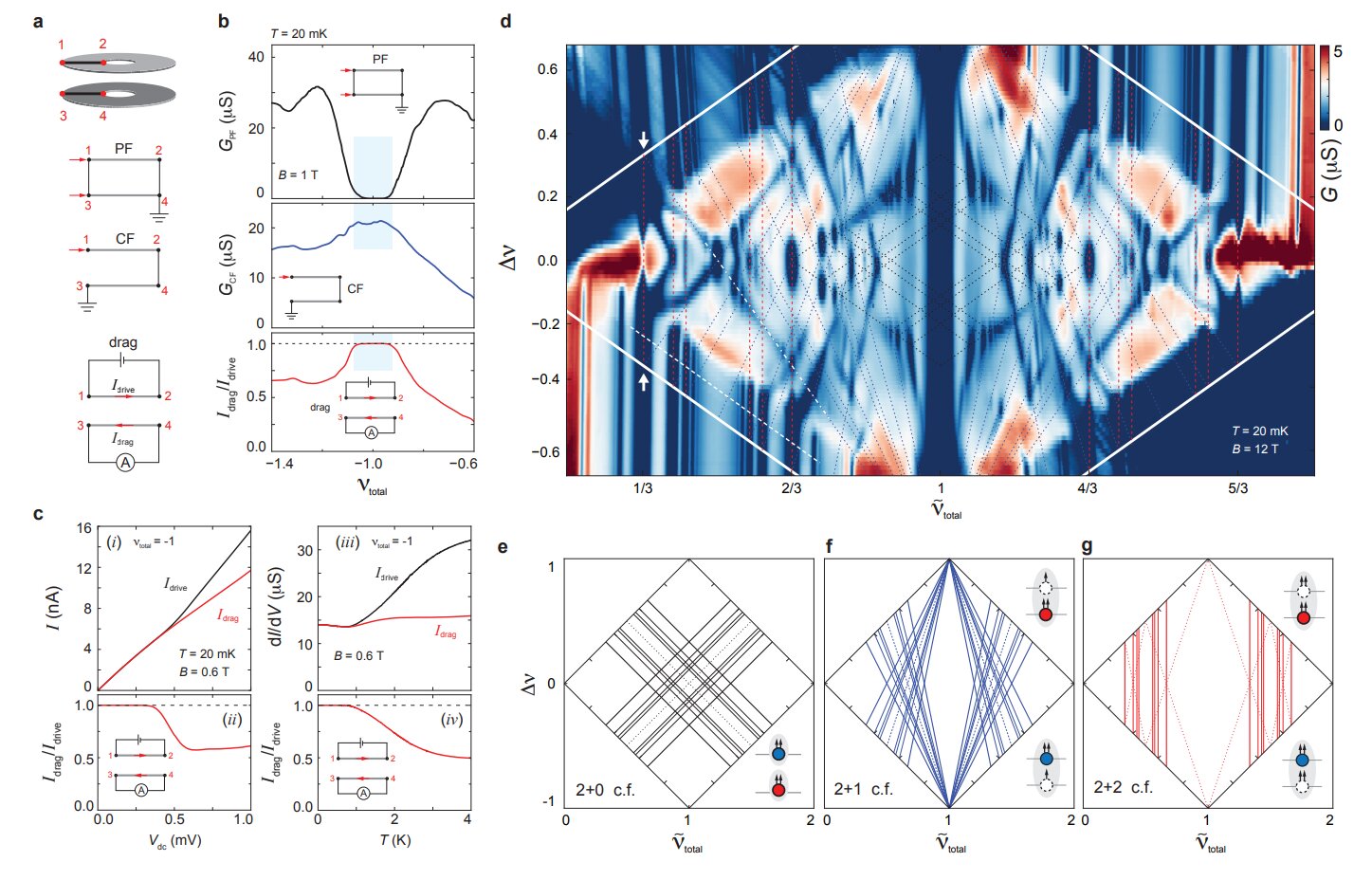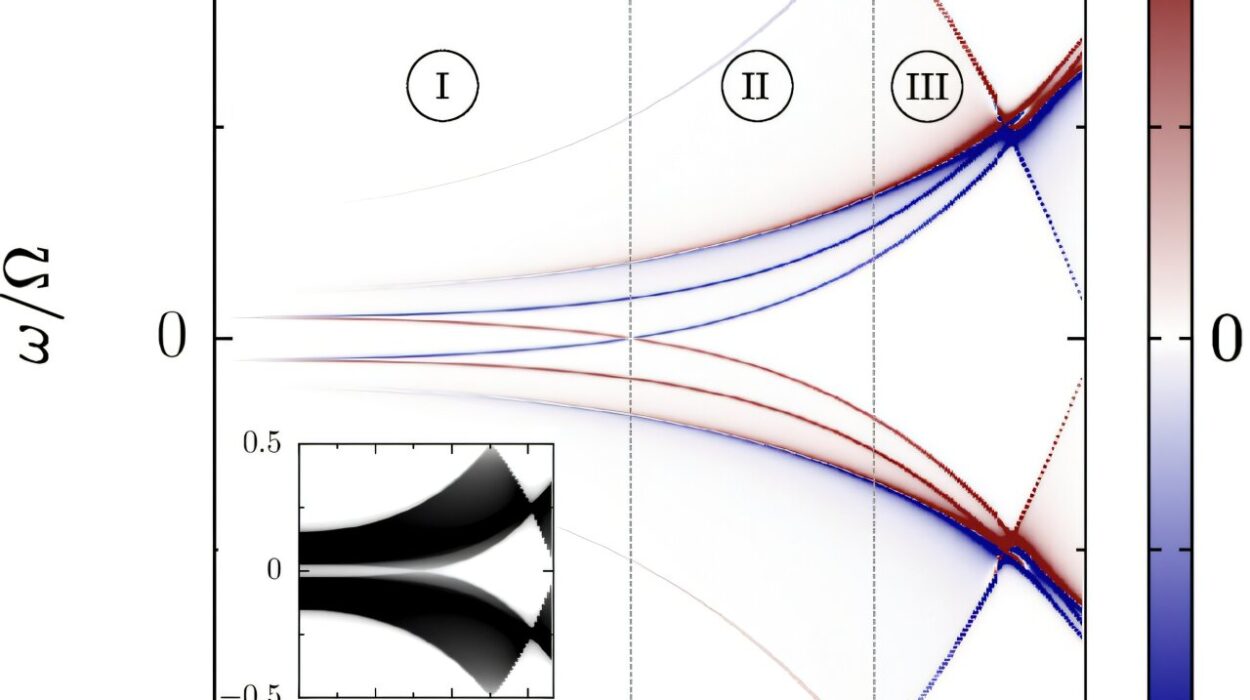Superconductivity, a phenomenon where materials conduct electricity without resistance, is one of the most promising areas of modern physics. First discovered over 100 years ago in mercury at extremely low temperatures, the potential applications of superconducting materials range from lossless power transmission to the advancement of cutting-edge technologies like magnetic levitation (maglev) trains and more efficient MRI machines. Over the years, researchers have made strides in finding superconducting materials that function at higher, more practical temperatures. One of the most exciting avenues of research in recent years revolves around so-called infinite-layer nickelate materials, which show significant promise as high-temperature superconductors. However, their study remains a challenging and delicate endeavor. Recent advancements by a research team at Brookhaven National Laboratory’s National Synchrotron Light Source II (NSLS-II) have made significant strides in uncovering the properties of these materials and understanding the role that protective capping layers may play in their superconducting behavior.
The Evolution of Superconductivity and the Search for High-Temperature Materials
Superconductivity was first discovered in 1911 by Dutch physicist Heike Kamerlingh Onnes in mercury, when the metal was cooled to temperatures close to absolute zero (-459.67°F or 0K), and its electrical resistance vanished completely. This discovery opened up a whole new realm of possibilities, as superconducting materials allow current to flow without resistance, resulting in zero power loss. Furthermore, superconducting materials are also able to expel magnetic fields — a phenomenon known as the Meissner effect — which makes it possible for these materials to levitate above magnets, providing the foundation for maglev train technology.
For many years, superconductivity was only achievable at extremely low temperatures. However, in the mid-1980s, researchers made a groundbreaking discovery that would accelerate research in the field: copper-based oxide materials (also known as cuprates) displayed superconductivity at relatively higher temperatures, above -297.7°F. This ushered in the era of high-temperature superconductivity, as scientists sought to discover new materials that could achieve superconducting states at even warmer temperatures.
Despite numerous breakthroughs, one major hurdle in superconductivity research is finding materials that remain superconducting at temperatures conducive to practical applications, such as room temperature or near-room temperature. The potential benefits for energy transmission and storage, as well as technological innovations, make finding new superconductors an essential goal in materials science.
Over the years, a new family of superconducting materials — nickelates — has attracted significant attention as a potential replacement for cuprates in high-temperature superconductivity. Particularly interesting is the material neodymium nickelate (NdNiO₃), which exhibits superconductivity under the right conditions, especially when strontium (Sr) is added to its structure.
The Structure and Challenges of Infinite-Layer Nickelates
An essential feature of nickelate materials like neodymium nickelate is their unique “infinite-layer” structure. This structure refers to the arrangement of nickel atoms in a two-dimensional square lattice that is continuous and repeats in two dimensions, giving the material the name “infinite layer.” This structure has analogies to the atomic arrangement in cuprates, a major reason why scientists are so interested in studying nickelates as a potential family of high-temperature superconductors. The infinite-layer nickelates hold promise because they share key properties with cuprates, such as copper oxide planes, but differ in the role and behavior of the nickel atoms, which could open new avenues for advancing superconductivity research.
However, an issue has long plagued scientists: nickelate superconductivity has only been observed in very thin films, and there has been uncertainty about whether the superconducting properties depend on the interaction between the nickelate material and its surrounding environment — particularly, the capping layers applied to protect the films during studies. While capping layers are used to prevent environmental factors like oxygen and water from degrading the delicate films, there has been ambiguity as to whether these layers impact the material’s magnetic and electronic properties. Some early studies suggested that capping layers could be responsible for influencing these properties, leading researchers to question whether the intrinsic properties of the materials were being overshadowed by extraneous interactions.
Investigating Capping Layers Using Advanced X-Ray Techniques
To address this challenge and investigate the true behavior of infinite-layer nickelates, a research team led by Jonathan Pelliciari at Brookhaven National Laboratory’s National Synchrotron Light Source II (NSLS-II) utilized two complementary X-ray techniques: Resonant Elastic X-Ray Scattering (REXS) and Resonant Inelastic X-Ray Scattering (RIXS). Both methods involve exposing materials to X-rays and analyzing the scattering of these X-rays to gain insights into the material’s atomic and electronic structure, as well as its magnetic properties.
The team specifically worked with thin film samples of infinite-layer nickelates, both with and without a capping layer of strontium titanate (SrTiO₃), a commonly used protective material in thin film studies. The goal of their investigation was to determine if the capping layer influenced the material’s magnetic and electronic properties, which are intrinsically linked to superconductivity.
- REXS: This technique, carried out at the Coherent Soft X-ray Scattering (CSX) beamline, is used to explore the structural properties of materials by analyzing how X-rays interact with the atomic lattice. In the case of infinite-layer nickelates, REXS enabled researchers to observe detailed structural features and the arrangement of atoms in the thin films, revealing insights into the underlying crystal structure and the role of defects.
- RIXS: Conducted at NSLS-II’s Soft Inelastic X-ray Scattering (SIX) beamline, RIXS investigates how X-rays lose energy upon interaction with a material. The technique measures the density, motion, and interaction of electrons, allowing researchers to gain deeper insights into the electronic properties and the behavior of electrons and spins in the material.
Key Findings from the Study
The team’s findings revealed that the magnetic fluctuations or spin excitations in the infinite-layer nickelate thin films are present regardless of whether the capping layer is applied, indicating that these magnetic properties are intrinsic to the nickelate material itself. More importantly, the data confirmed that these spin excitations remain stable even in the superconducting phase, a crucial characteristic shared with cuprate superconductors.
While the addition of the capping layer did introduce some subtle changes — slightly strengthening the magnetic properties, possibly due to interface effects, crystal defects, or lattice disorder — the intrinsic magnetic properties remained largely unaffected. This discovery suggests that the phenomenon of magnetism in these materials is not an artifact caused by surface interactions but rather a fundamental feature of the infinite-layer nickelates.
Shiyu Fan, a postdoctoral researcher at NSLS-II and lead author of the study, explained, “The most important finding of this research is the evolution of the spin wave in the presence or absence of the capping layer. This points to the magnetic and superconducting properties being intrinsic to the infinite-layer nickelate material.”
Additionally, Claudio Mazzoli, lead beamline scientist at the CSX beamline, remarked that the parallels between the copper oxide planes in cuprates and the nickel oxide planes in nickelates have led to ongoing exploration for superconductivity in nickelates for over 25 years. With recent discoveries finally pointing toward the presence of superconductivity in nickelates, scientists now aim to delve deeper into understanding the differences and similarities between cuprates and nickelates to further unlock the secrets of high-temperature superconductivity.
The Road Ahead: Understanding Nickelates for Technological Innovation
The results of this study have critical implications not only for understanding infinite-layer nickelates but also for the future of superconductivity. By gaining more accurate insights into the intrinsic properties of nickelates and determining the role of external layers (such as capping), scientists can refine our understanding of how these materials behave and how they may eventually lead to technological advances. High-temperature superconductivity could be a game-changer for energy transmission, magnetic levitation, and a host of other technologies.
Moreover, by continuing to explore nickelate materials and their similarities with cuprates, researchers may unlock even more sophisticated ways to engineer these materials for technological applications, thus advancing the frontier of materials science and physics. As the understanding of the fundamental mechanisms behind superconductivity in these materials grows, we move closer to the realization of room-temperature superconductors — an achievement that has the potential to revolutionize a wide variety of industries and technologies.
Conclusion
Through the collaborative efforts at NSLS-II, the exploration of infinite-layer nickelates has taken a significant step forward. The research demonstrates that the intrinsic properties of these materials, including magnetism and superconductivity, are not merely surface phenomena influenced by external capping layers but fundamental to their nature. This breakthrough provides scientists with a new understanding of how to work with these materials and could pave the way for future advancements in high-temperature superconductivity, with far-reaching applications in energy systems and transportation technologies. As research progresses, the promise of discovering more effective and stable high-temperature superconducting materials seems more tangible than ever.
Reference: S. Fan et al, Capping Effects on Spin and Charge Excitations in Parent and Superconducting Nd1−xSrxNiO2, Physical Review Letters (2024). DOI: 10.1103/PhysRevLett.133.206501. On arXiv: DOI: 10.48550/arxiv.2409.18258






